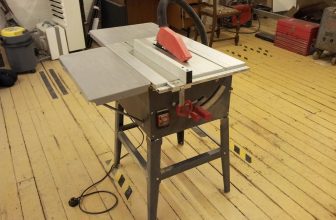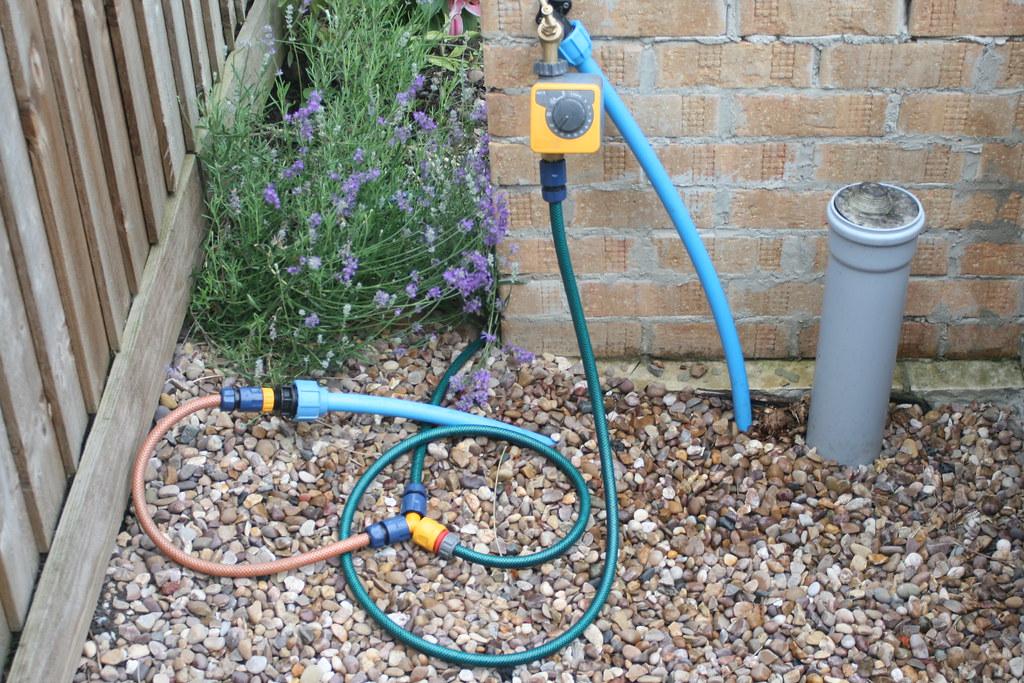
Originally posted 2024-01-13 07:16:38.
Soaker hoses, a simple and efficient irrigation solution, have become increasingly popular among gardeners and horticulturists alike. Designed to deliver water directly to the roots of your plants, these porous hoses are a cost-effective and water-conscious alternative to traditional sprinkler systems. Whether you are a seasoned green thumb or just starting your gardening journey, this article will guide you through the ins and outs of using a soaker hose effectively. From understanding their design to maximizing their benefits, we will explore the essential steps and techniques you need to know to ensure your plants thrive while conserving water. Let’s dive in and discover the versatile and practical world of soaker hoses!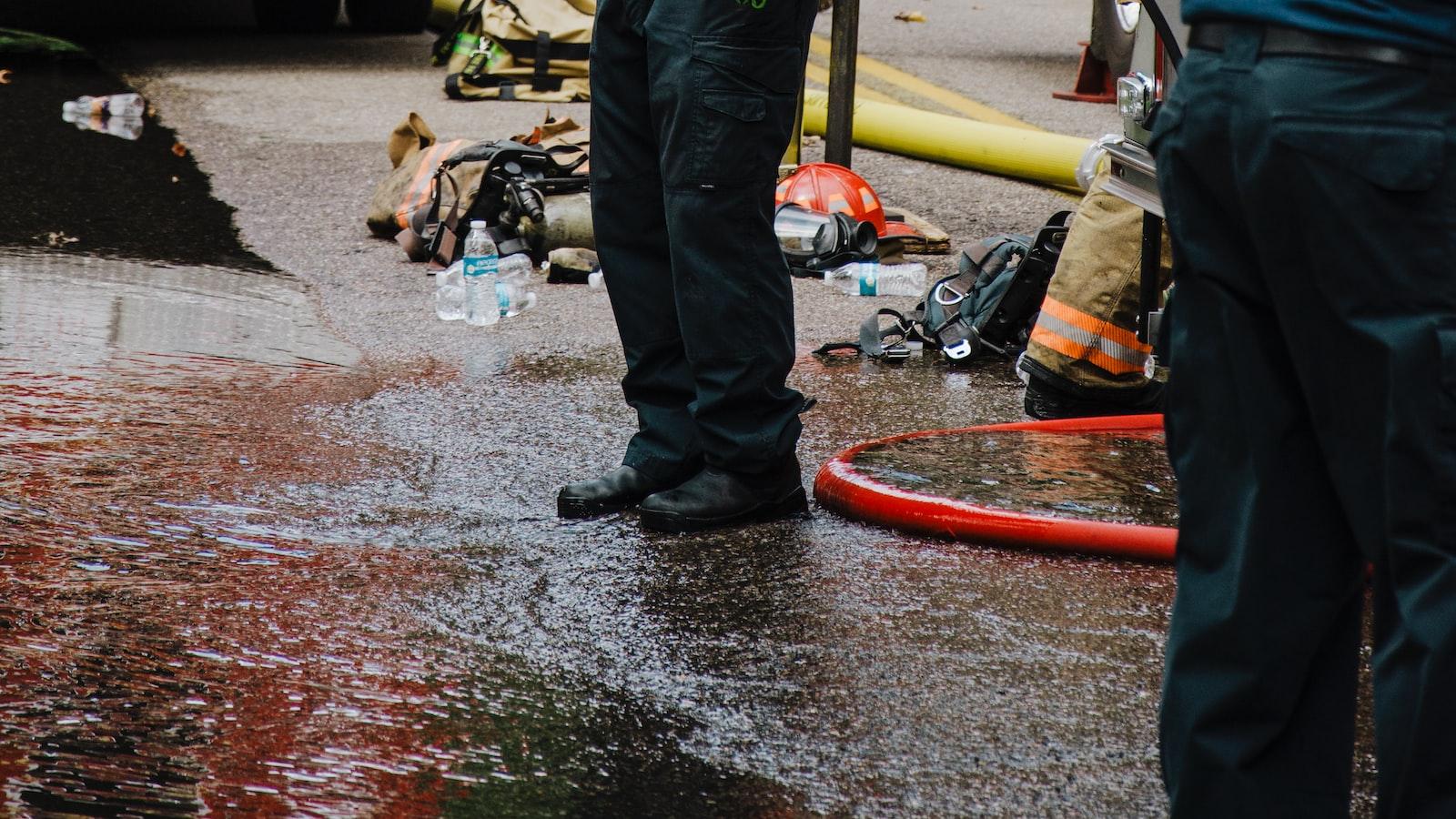
Choosing the Right Soaker Hose for Your Garden
When it comes to watering your garden efficiently, a soaker hose is a great tool to have. But with so many options available, how do you choose the right one? Here are some factors to consider when selecting a soaker hose for your garden:
1. Material
Soaker hoses are usually made of either rubber or recycled rubber materials. Rubber hoses tend to be more durable and less likely to crack in extreme weather conditions. Recycled rubber hoses, on the other hand, are more environmentally friendly. Consider the climate in your area and your sustainability goals when deciding on the material.
2. Length
The length of the soaker hose will largely depend on the size of your garden. Measure the distance from your water source to the farthest area of your garden and choose a soaker hose that is long enough to reach. It’s always better to have a slightly longer hose that can be coiled or looped back if needed.
3. Water Flow Rate
The water flow rate of a soaker hose determines how quickly it will deliver water to your plants. Look for hoses with adjustable flow rates, so you can customize the watering based on the needs of different plants in your garden. Some soaker hoses may have a flow rate of 1 gallon per minute, while others can go up to 2 gallons per minute.
4. Pressure Rating
The pressure rating of a soaker hose refers to the amount of water pressure it can handle without bursting. Most soaker hoses have a pressure rating of around 20-30 PSI (pounds per square inch). If you have high water pressure in your area, consider investing in a pressure regulator to prevent damage to the hose.
5. Durability and Warranty
It’s important to choose a soaker hose that is built to last. Look for hoses with sturdy brass fittings and a strong outer layer. Additionally, check if the manufacturer offers a warranty, as this can give you peace of mind that you are investing in a quality product.
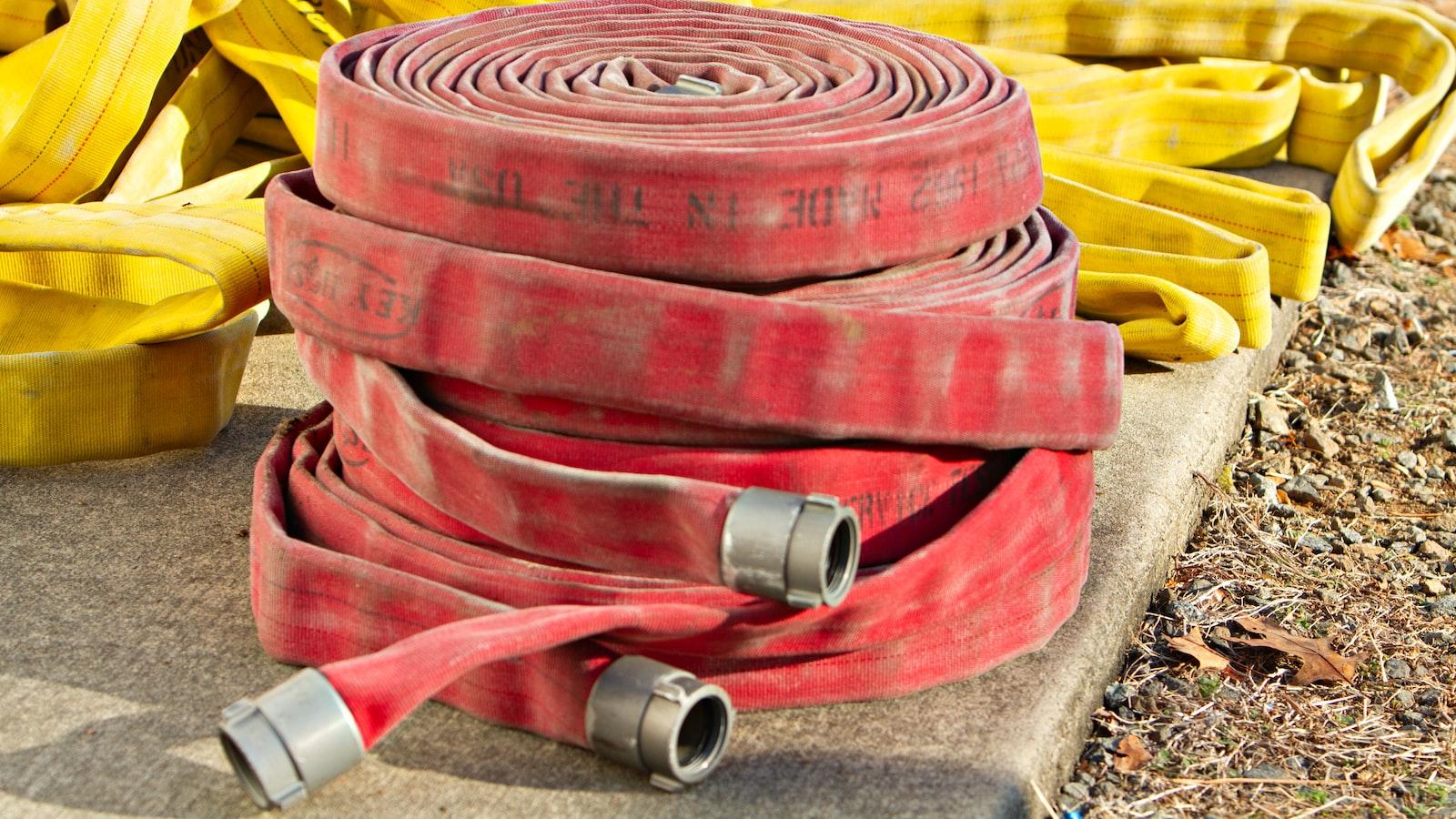
Properly Installing Your Soaker Hose System
Soaker hoses can be a great addition to your garden irrigation system. They provide a slow, steady flow of water directly to the roots of your plants, minimizing evaporation and water waste. is key to its effectiveness. In this post, we will guide you through the steps to ensure you get the most out of your soaker hose.
1. Determine the Ideal Placement
Before installing your soaker hose, take some time to assess your garden layout and the specific needs of your plants. Determine where you want the water to reach and what areas require more irrigation. This will help you plan the length and placement of your soaker hose system.
Key Tips:
- Consider the size and shape of your garden beds.
- Identify the areas with higher water requirements.
- Avoid placing the hose too close to the stems of plants, as it may cause root rot.
2. Prepare the Ground
Before laying down the soaker hose, make sure the ground is well-prepared to maximize water absorption. Remove any weeds, rocks, or debris from the area. Loosen the soil surface to improve water infiltration and root access. This step will greatly enhance the efficiency of your soaker hose system.
3. Lay the Soaker Hose
Gently lay the soaker hose along the designated areas, following the contours of your garden. Ensure the hose is positioned uniformly, with no kinks or twists. Make sure it covers the entire root zone of your plants while avoiding overlapping with other hoses or sprinkler lines. If needed, use landscape staples to secure the hose in place.
4. Connect to the Water Source
Connect your soaker hose to a reliable water source, ensuring there are no leaks or loose connections. If desired, use a pressure regulator to control the water flow. Begin with a low water pressure to allow the hose to slowly release water throughout its length. Over time, you can adjust the pressure to meet the specific needs of your plants.
5. Monitor and Maintain
Regularly check your soaker hose system for any clogs, leaks, or damage. If you notice any issues, promptly address them to ensure proper functioning. Also, periodically move the hose to prevent root development in a concentrated area. This will encourage healthy root growth and prevent waterlogging.
| PROS | CONS |
|---|---|
| Efficient water delivery directly to plant roots. | Requires regular monitoring for clogs and leaks. |
| Conserves water by minimizing evaporation. | May not be suitable for all types of plants. |
| Easy installation and flexibility for irregular shaped garden beds. | Requires proper water pressure to ensure even distribution. |
Follow these steps to properly install and use your soaker hose system, and you’ll enjoy healthier, more vibrant plants in your garden. Soaker hoses are an excellent tool to optimize your watering routine while conserving water resources.
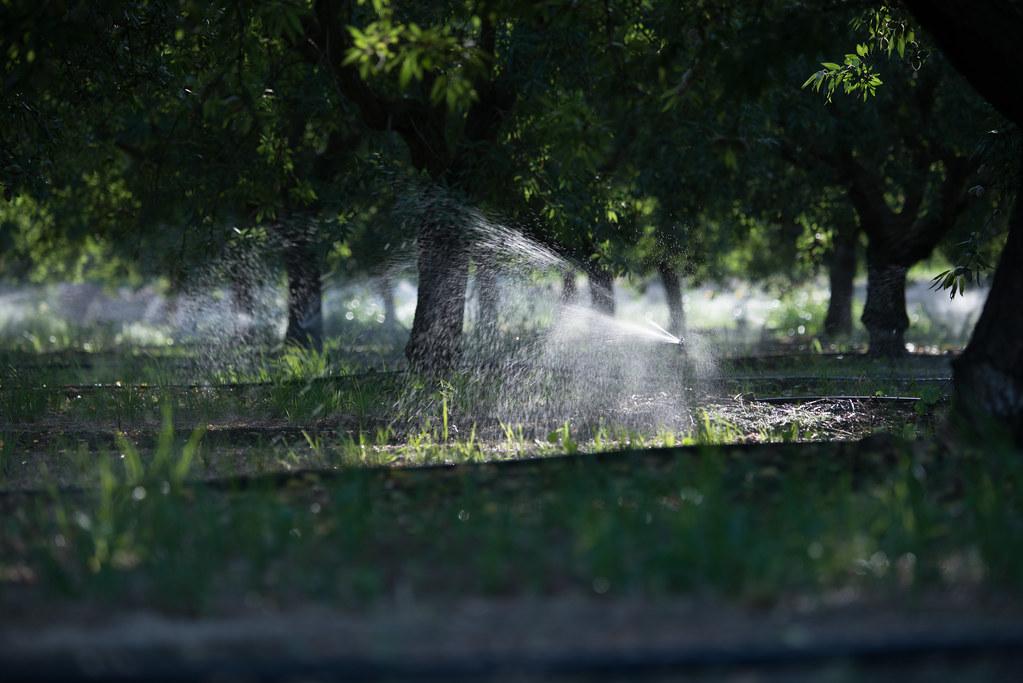
Optimizing Watering Efficiency with Your Soaker Hose
If you want to efficiently water your garden or plants without wastage, a soaker hose is the perfect solution. This simple yet powerful tool allows you to deliver water at the roots directly, minimizing evaporation and ensuring optimal hydration. In this article, we will guide you on how to use a soaker hose effectively, ensuring your plants get the water they need.
Step 1: Positioning Your Soaker Hose
The first step in is proper positioning. Lay the hose along the base of your plants, making sure it is buried slightly under the soil or covered with mulch. This will prevent water loss through evaporation and ensure that the moisture goes directly to the roots where it is needed. For a more targeted approach, you can easily bend or weave the hose around your plants.
Step 2: Connecting to the Water Source
Next, you’ll need to connect your soaker hose to a water source. Attach a pressure regulator to your faucet to ensure the water flows at a slow and steady rate. This will prevent the hose from bursting and allow the water to seep out gently. Connect the hose to the regulator and turn on the water. Remember to check for any leaks along the hose and tighten the connections if necessary.
Step 3: Timing and Duration
Timing your watering is crucial to avoid overwatering or underwatering your plants. A good rule of thumb is to water early in the morning or late in the evening when evaporation is lowest. Monitor the soil moisture levels to determine the ideal duration for watering. As a general guideline, aim for an inch of water per week, but adjust accordingly based on the specific needs of your plants, soil type, and climate.
Step 4: Maintenance and Storage
Maintaining your soaker hose is essential to ensure its longevity and optimal performance. Regularly check for clogs or debris that may obstruct the flow of water. If necessary, gently clean the hose using a soft brush. When not in use, store the hose in a cool and dry place to prevent damage from UV rays. Taking these simple steps will help extend the lifespan of your soaker hose and ensure its efficiency for years to come.
Step 5: Additional Tips
- Group plants with similar water requirements together to make the most efficient use of your soaker hose.
- Consider using a timer or irrigation controller to automate your watering schedule and prevent under or overwatering.
- Regularly monitor your plants’ response to watering and make adjustments as needed.
- For uneven ground, use drip irrigation tubing or emitters to ensure each plant receives adequate water.

Troubleshooting Tips for Soaker Hose Use
Soaker hoses are a fantastic way to efficiently water your garden or lawn. They deliver water directly to the roots of your plants, reducing water waste and promoting healthier growth. While using a soaker hose is relatively straightforward, there are a few common issues that you may encounter. In this post, we will provide troubleshooting tips to help you get the most out of your soaker hose.
1. Check for Leaks
Before you start using your soaker hose, it’s important to check for any leaks. Leaks can occur at the connection points, along the hose itself, or at any damaged sections. Run water through the hose and inspect it for any signs of leakage. If you find any leaks, replace the damaged parts or make sure the connections are properly tightened. Remember, a leaky hose can reduce water pressure and hinder the effectiveness of your soaker hose system.
2. Ensure Even Water Distribution
One challenge with soaker hoses is ensuring even water distribution. To achieve this, make sure your hose is laid out in a straight line or gentle curves. Avoid sharp corners or loops, as these can cause uneven watering. Additionally, check that the water pressure is consistent throughout the entire length of the hose. Uneven water pressure may require adjusting your water source or using a pressure regulator.
3. Clear Clogs and Debris
Over time, soaker hoses can become clogged with sediment, dirt, or other debris. To prevent clogs, it’s important to flush out your hose regularly. Disconnect the hose from the water source and run water through it. If the water flow is obstructed, use a small tool like a toothpick or wire to clear any blockages. Regularly inspecting and cleaning your soaker hose will help maintain optimal water flow.
4. Customize for Different Plant Needs
Not all plants have the same watering requirements. Soaker hoses allow for customization by sectioning off different areas to provide varying levels of water. You can create separate zones by using shut-off valves or adjustable splitters. This allows you to water drought-tolerant plants less frequently while giving more water to moisture-loving plants. Customizing your soaker hose setup will help ensure each plant gets the right amount of water.
5. Protect Your Soaker Hose
Finally, protecting your soaker hose from damage will extend its lifespan and maximize its effectiveness. Avoid running over the hose with lawnmowers or vehicles. Mulching over the hose can help protect it from the sun’s harmful UV rays and make it less prone to damage. Additionally, consider disconnecting and storing your soaker hose in a cool, dry place during the winter months to avoid freezing and cracking.

Additional Tips and Recommendations for Soaker Hose Maintenance
Now that you know how to use a soaker hose effectively, let’s dive into some additional tips and recommendations to ensure its proper maintenance. By following these guidelines, you can extend the lifespan of your soaker hose and keep it functioning optimally for years to come.
1. Regular Inspections
Inspect your soaker hose regularly for any leaks or damages. Check the entire length of the hose for any holes, cracks, or blockages. By catching these issues early on, you can prevent water wastage and maximize the efficiency of your irrigation system.
2. Proper Storage
When not in use, ensure your soaker hose is stored properly. Avoid leaving it exposed to extreme temperatures or direct sunlight, as this can cause the hose material to deteriorate over time. Consider using a reel or hose organizer to keep it neatly coiled and protected.
3. Winter Precautions
If you live in a region with freezing temperatures, it’s important to take precautions during the winter months. Before the first frost hits, drain your soaker hose completely to prevent the water inside from freezing and damaging the hose. Store it indoors if possible, or cover it with insulating material.
4. Cleaning and Flushing
Over time, debris and mineral deposits may accumulate inside the soaker hose, clogging the pores and affecting water flow. Periodically flush your hose by removing any attachments and running water through it at high pressure. This will help remove any built-up sediments and ensure optimal performance.
5. Consider Pressure Regulators
Depending on your water pressure, you may consider installing a pressure regulator to prevent excessive water pressure from damaging the soaker hose. This simple device can help maintain a consistent flow rate and increase the longevity of your hose.
By following these additional tips and recommendations, you can maximize the efficiency and lifespan of your soaker hose. Regular inspections, proper storage, winter precautions, cleaning, and considering pressure regulators will ensure your soaker hose continues to provide effective irrigation for your plants and garden.
Q&A
Q: What is a soaker hose and how does it work?
A: A soaker hose is a type of watering tool designed to deliver slow, steady water directly to the roots of plants. It is made from a porous material that allows water to seep out along its length, providing a gentle and uniform irrigation system for gardens and flower beds.
Q: How do I set up a soaker hose?
A: To set up a soaker hose, first, measure the area you want to irrigate and acquire the appropriate length of soaker hose. Lay the hose around your plants, making sure the holes face downwards. Connect the hose to a water source, such as a spigot or a garden hose. For best results, water pressure should be kept low to allow the hose to slowly release water.
Q: Can I bury a soaker hose underground?
A: It is not recommended to bury a soaker hose completely underground. However, you can partially bury the hose under a thin layer of soil or mulch to prevent it from moving around or being damaged.
Q: How often should I water using a soaker hose?
A: Soaker hoses provide a slow, consistent water flow, which is ideal for most plants. As a general rule of thumb, it is recommended to water deeply once or twice a week, allowing the water to saturate the soil to a depth of 6-12 inches, depending on the plant’s water needs and soil type. Adjust the watering frequency based on your specific garden and weather conditions.
Q: Can I control the water flow in a soaker hose?
A: Yes, you have some control over the water flow by adjusting the water pressure at the source. Use a regular faucet timer or flow regulator to limit the water flow, especially if you have different plants with varying water requirements.
Q: Can I leave a soaker hose on all the time?
A: Leaving a soaker hose on continuously is not recommended, as it can lead to overwatering and water wastage. It is best to water during the early morning or late evening when evaporation rates are lower. Monitor the moisture level of the soil regularly, and adjust the watering frequency accordingly.
Q: Are there any maintenance tips for a soaker hose?
A: To extend the life of your soaker hose, it is important to drain and store it properly when not in use. After each use, turn off the water and allow the hose to drain completely to prevent stagnant water. Store it in a cool, dry place to protect it from UV rays and extreme weather conditions. Regularly check the hose for any clogs, leaks, or damages, and repair or replace it when necessary.
Q: Can I use a soaker hose for potted plants or in raised beds?
A: Absolutely! Soaker hoses are versatile and can be used in various gardening settings. For potted plants, simply wind the hose around the base of the plant or place it in a zigzag pattern through the soil. In raised beds, lay the hose along the length of the bed, ensuring coverage for all plants.
Q: Can I use a soaker hose with an automatic irrigation system?
A: Yes, soaker hoses can be integrated into an automatic irrigation system using a timer, pressure regulator, and appropriate connectors. This allows you to automate the watering process, ensuring consistent moisture levels in your garden while conserving water.
Q: Are there any plants that do not benefit from a soaker hose?
A: While most plants benefit from soaker hoses, certain plants like cacti, succulents, and other drought-tolerant species may not require as much water and may be better suited for alternative watering methods. It is always a good idea to research and understand the watering needs of the specific plants in your garden. In conclusion, utilizing a soaker hose can greatly benefit your garden or landscape by providing a slow and efficient watering method. By following the simple steps outlined in this guide, you can easily set up and maintain a soaker hose system. Remember to consider factors such as water pressure, coverage area, and water conservation when installing your soaker hose. Additionally, periodic inspection and maintenance will ensure its optimal performance.
By using a soaker hose, you will conserve water by minimizing evaporation and reducing runoff, all while delivering moisture directly to the roots where it’s needed most. This irrigation method is not only effective but also cost-efficient, saving you time and money in the long run.
Whether you are a seasoned gardener or a novice, incorporating a soaker hose into your watering routine can revolutionize how you nurture your plants. So, give it a try and witness the positive impact it can have on the health, growth, and overall beauty of your garden or landscape. Happy gardening!


